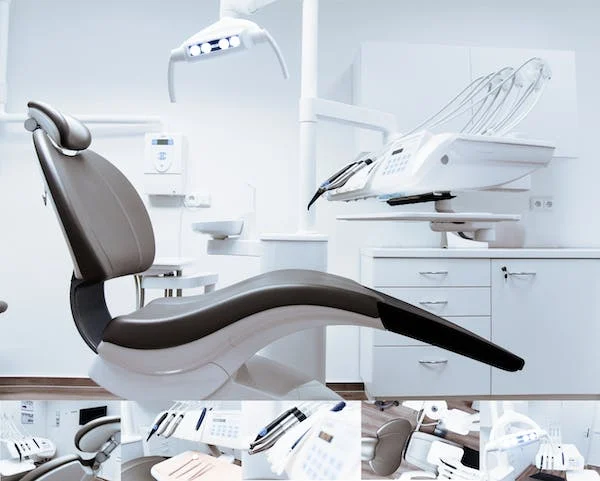In the intricate world of medical devices and equipment, even the smallest components play a crucial role in ensuring the efficacy, safety, and reliability of healthcare interventions. Among these indispensable elements is the leur lock a simple yet ingenious mechanism that has become ubiquitous in medical settings worldwide.
What is a Luer Lock?
Named after its inventor, Karl Schneider, the standardized system for connecting various medical devices such as syringes, needles, catheters, and intravenous (IV) sets securely. The design consists of a male taper and a corresponding female socket with threads, ensuring a tight seal when twisted together. This threaded connection prevents accidental disconnections during critical medical procedures, safeguarding against leaks or spills of medications, fluids, or blood.
Functionality and Benefits
The primary function of the Luer lock is to provide a secure and leak-proof connection between medical devices, ensuring precise delivery of medications or fluids while minimizing the risk of contamination or infection. The threaded design enables healthcare professionals to quickly and easily assemble and disassemble components without compromising the integrity of the connection.
One of the key benefits of the system is its versatility and compatibility with a wide range of medical devices. This standardized connection allows healthcare providers to interchangeably use different leur lock components, facilitating efficient workflows and reducing the need for specialized equipment.
Moreover, the design minimizes the potential for medication errors by ensuring proper alignment and attachment of syringes or other delivery systems. This feature is particularly crucial in critical care settings where accuracy and precision are paramount.
Applications
The Luer lock finds application across various medical disciplines and procedures, including:
- Injection and Infusion: It is extensively used in administering medications, contrast agents, and fluids intravenously, intramuscularly, or subcutaneously.
- Anesthesia: Luer lock connections leur lock are utilized in anesthesia delivery systems for precise control and administration of anesthetic agents.
Safety Considerations
While the Luer lock offers numerous advantages, it is essential to emphasize the importance of proper training and adherence to established protocols to prevent misuse or complications. Healthcare providers must be vigilant in ensuring the correct assembly of components and verifying the integrity of connections to minimize the risk of leaks, disconnections, or accidental needle sticks.
Conclusion
Its simple yet robust design has revolutionized medical device connectivity, offering healthcare providers a reliable and versatile solution for a myriad of clinical applications.


